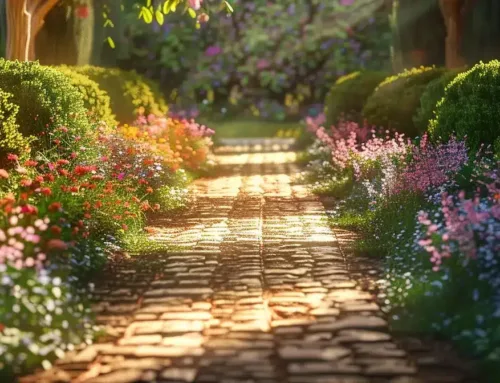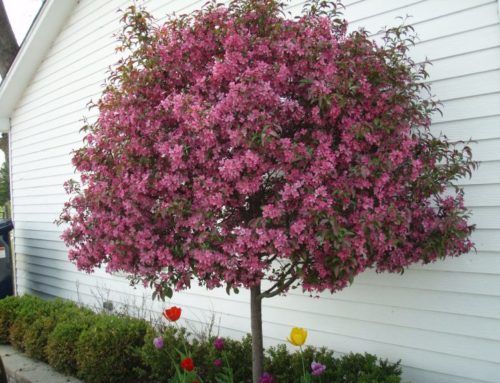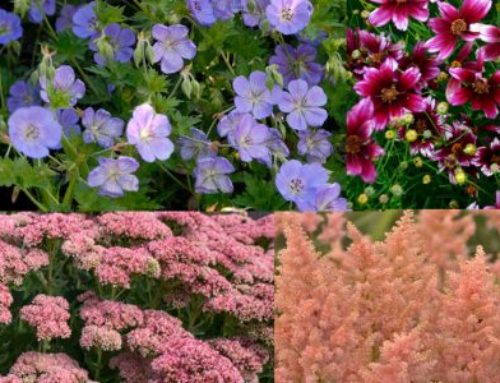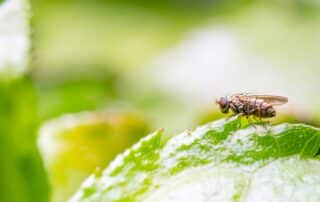Hi everyone! It’s Winston back with your plant update! Do you have a favorite plant or one you want to learn more about? If so, let us know and I can do some digging to get all the information you will need!
Now, moving into this segment’s plant. it’s a River Birch! These trees are on the larger side but still considered an ornamental tree. They have cinnamon colored peeling bark and a beautiful yellow fall foliage color. River Birch are most commonly grown as multi-stem plants. A multi-stem plant typically has a minimum of three stems. I really like these trees because while they are an ornamental, they are large enough to shade significant areas. I have one near my patio and I love to lounge under it during the hot summer afternoons!

Fun facts:
- Grow to be 20+ feet tall (in ideal conditions 40’ – 70’ tall)
- Hardiness zones 3 to 9
- Fast grower
- Thrives in wet soil conditions
- Natural pyramidal shape to canopy
River Birch are fantastic plants for low lying problem areas that retain water. I am not a fan of wet paws, neither is my mom. River Birch help soak up water on the side or rear property lines that typically have water issues. If we experience a hot and dry summer, you will need to give your River Birch a little extra drink of water. Us dogs all need a little extra water during these times, and so do your River Birch. They get dehydrated quickly!

These trees are deciduous and lose their leaves during the winter. However, their bark (and I don’t mean the sound they make) is aesthetically pleasing during the winter.
River Birch are resistant to bronze birch borer and tolerant to black walnut toxicity, however, they can be susceptible to chlorosis, aphids, leaf miners, and leaf spots. Overall, they are the most trouble-free Birch and an excellent choice for a residential landscape.





